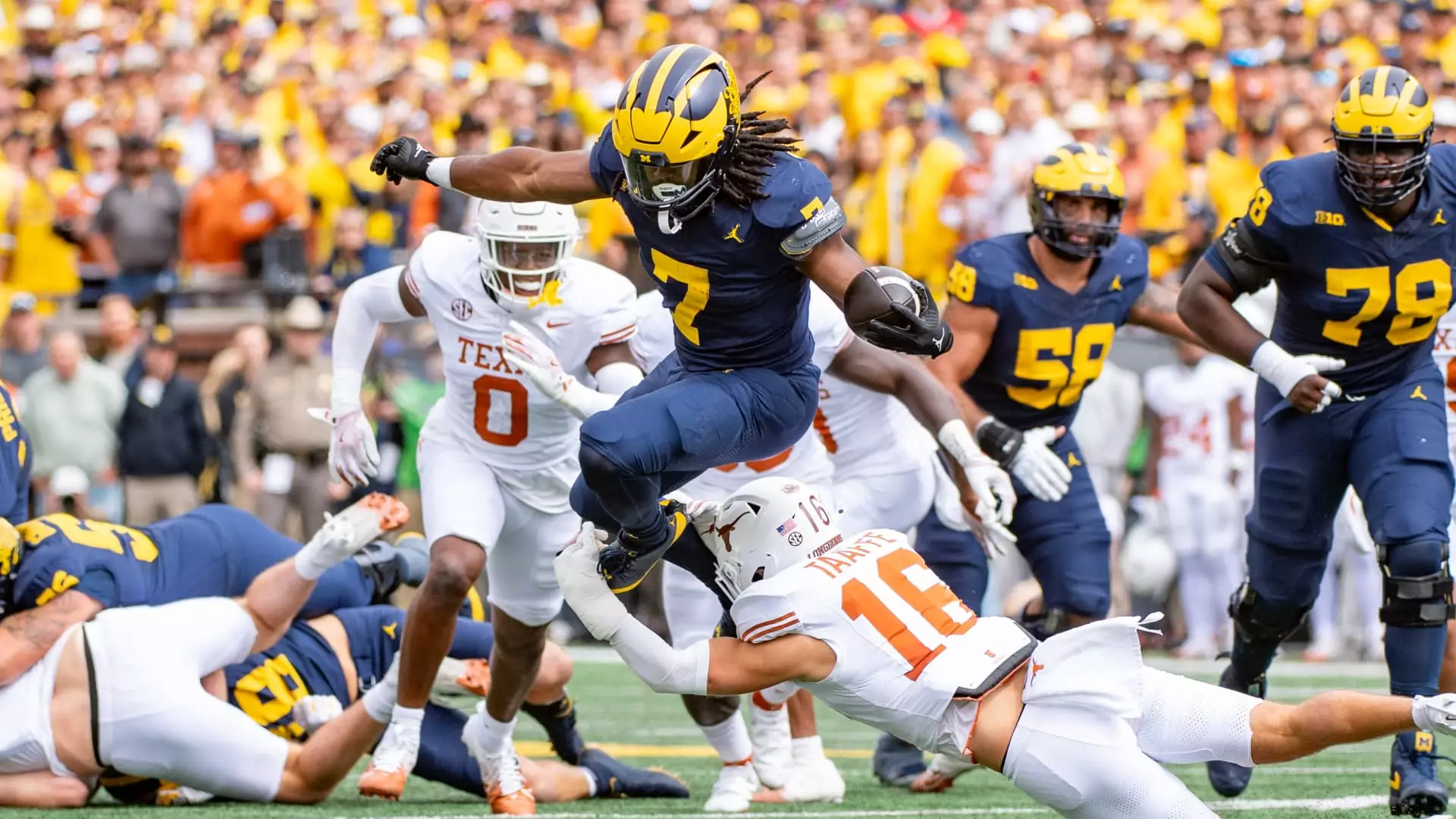College football has taken a significant turn this season with the introduction of a 12-team playoff system, reshaping the landscape for broadcasters and advertisers alike. With an increase in the number of teams and the stakes surrounding each game, the excitement has translated into heightened viewership for networks such as ABC and ESPN, which are under the Disney umbrella. This article delves into how this change is influencing media consumption, advertising effectiveness, and the future of college football broadcasting.
The inception of the 12-team College Football Playoff (CFP) format has granted fans something they have long sought: a more inclusive postseason that allows more teams to compete for the national championship. According to Disney, this season is poised to become their most-watched since 2016. The nature of the revamped playoff system not only stirs enthusiasm among die-hard fans but also engages casual observers, enhancing overall viewership numbers. The latest figures show a notable increase in commercial engagement during games, as audiences are more invested in outcomes affecting their favored teams.
The traditional rivalry games that punctuate the Thanksgiving weekend are particularly telling of this trend. This weekend historically serves as a pivotal moment in the college football calendar, and with increased playoff implications, the stakes feel even higher. Kevin Krim, CEO of EDO, noted that the significance of the games has positively impacted ad engagement on Disney’s networks. The enhanced interest in these competitive matchups represents a boon for advertisers looking to connect with a captive audience.
As television consumption habits evolve, advertisers have found themselves adapting to a new reality characterized by heightened competition for attention. The robust ratings for college football are helping counterbalance broader declines in other areas of television viewership. Jim Minnich, Disney’s senior vice president of advertising revenue, reported substantial success in ad performance, stating that the engagement metrics for ads during college matches are significantly higher than those averaged across other programming.
Recent statistics reveal that audiences are 11% more likely to interact with advertisements shown during college football games on Disney networks compared to other networks during the same time slots. Such metrics tally up to an impressive 93% increase in ad effectiveness among consumers. Key brands like Jimmy Dean, Just for Men, and popular restaurant chains have experienced substantial consumer interaction during these broadcasts, clearly indicating that the college football viewing audience is not just tuning in, but actively engaging with advertised products.
While college football remains a core draw for Disney, the broader media landscape has encountered turbulence in recent years, with consumers increasingly moving away from traditional pay-TV bundles. Media companies have had to pivot, focusing efforts on streaming platforms and utilizing advertising as a significant revenue source. Despite these challenges, the appetite for live sports viewing continues to thrive, evidenced by a surge in demand for ad space.
Disney has reported an overwhelming early demand for renewals from their College Football Playoff partners—a promising sign for the sports broadcasting sector. With spots sold out for conference championship games and high percentages of ad inventory accounted for during playoff matches, Disney finds itself in a strong position. Minnich emphasized that they are seeing higher selling rates than in recent years, a trend indicating strong advertiser confidence in the enduring appeal of college football.
Live sports, particularly football, command substantial advertising dollars due to their ability to attract large, engaged audiences. As EDO’s Krim pointed out, college football ranks just behind the NFL in terms of viewership and advertising value, making it a lucrative offering for networks and advertisers alike. With the ongoing push for sports network rights escalating, industry giants including Disney are investing heavily. Disney’s arrangement for Southeastern Conference (SEC) broadcasting rights alone amounts to approximately $300 million annually.
As stakeholders across the media ecosystem continue to adapt to evolving viewing habits and preferences, the strategic shifts brought about by the College Football Playoff expansion have resulted in a remarkable opportunity for growth. The excitement of more teams playing significant games is expected to sustain high levels of engagement, which extends not just through the current season, but unleashes new potential for future contracts and partnerships in the competitive sports broadcasting market.
The expanded College Football Playoff is pivotal not just for teams, fans, and players, but significantly for the media companies that cover the sport. As interest in college football surges, we witness a clear demonstration of how changes in format can overhaul patterns of engagement, revive advertising revenue, and influence the broader landscape of sports broadcasting.

